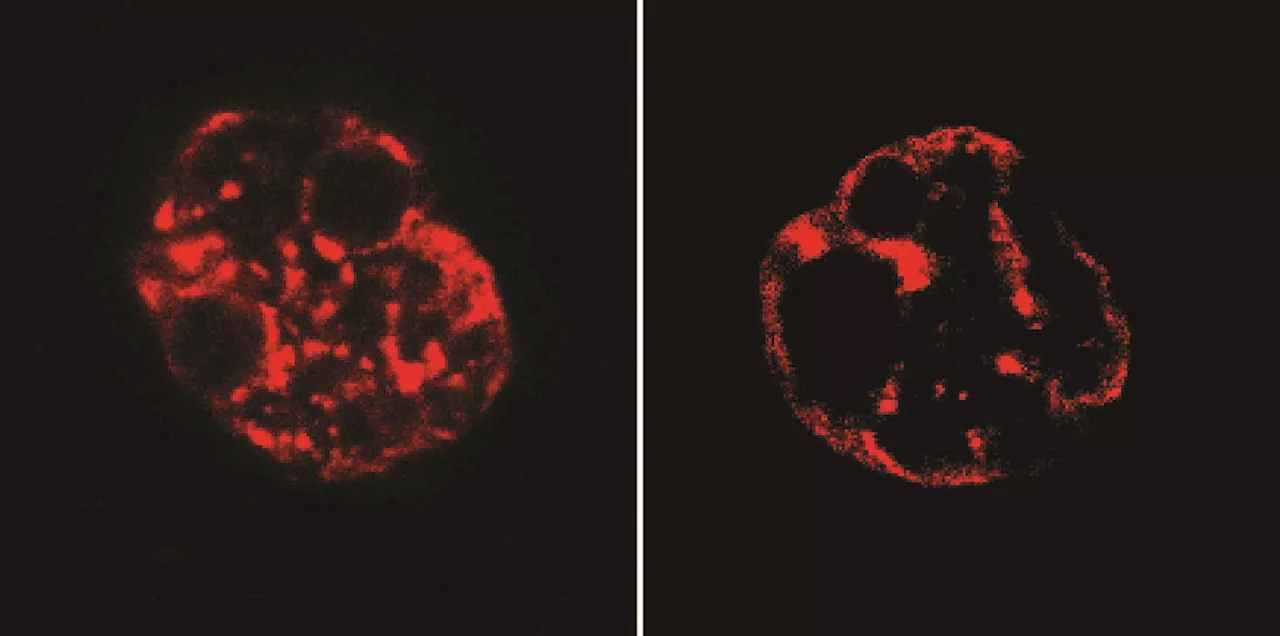A new study published in Nature has shed light on how DNA is organized during embryonic development. Researchers from the Max Planck Institute of Molecular Cell Biology and Genetics used cutting-edge imaging techniques to track the movement of chromosomes within developing embryos.
A new study published in Nature has shed light on how DNA is organized during embryonic development . Researchers from the Max Planck Institute of Molecular Cell Biology and Genetics used cutting-edge imaging techniques to track the movement of chromosomes within developing embryos. They found that chromosomes are not randomly distributed but rather adopt specific spatial arrangements that change over time.
These findings provide valuable insights into the mechanisms underlying gene regulation and cell differentiation during early development.\The study also revealed that DNA looping, a process where distant regions of DNA interact with each other, plays a crucial role in shaping these chromosomal arrangements. By understanding how DNA is organized at the beginning of life, scientists hope to gain a deeper understanding of developmental disorders and potentially develop new therapies
DNA Embryonic Development Chromosomes Gene Regulation Cell Differentiation
United Kingdom Latest News, United Kingdom Headlines
Similar News:You can also read news stories similar to this one that we have collected from other news sources.
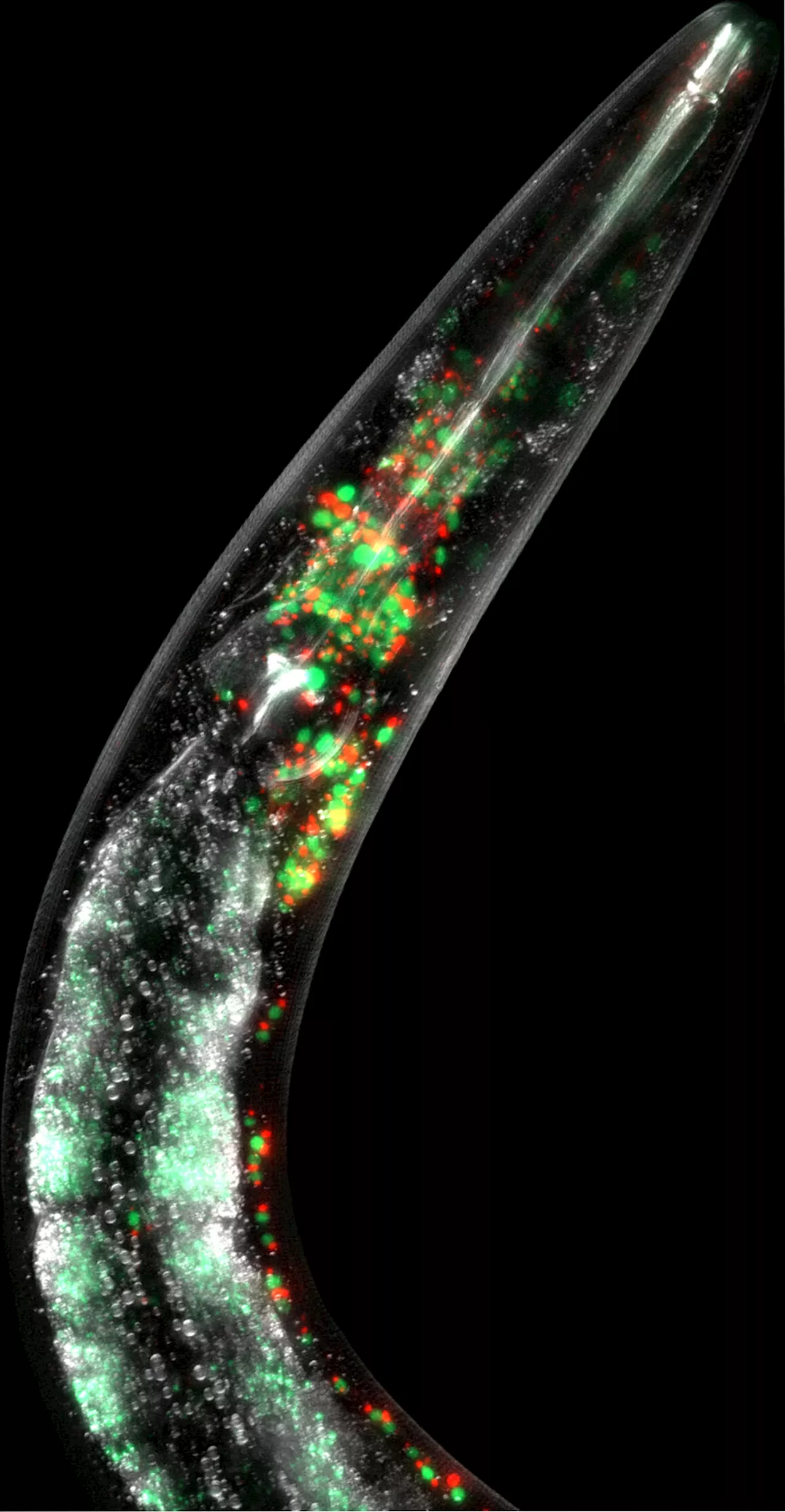 Researchers discover DNA mechanism that regulates how disease-causing mutations are inheritedUniversity of Queensland researchers have discovered a mechanism in DNA that regulates how disease-causing mutations are inherited. The research paper has been published in Cell Metabolism.
Researchers discover DNA mechanism that regulates how disease-causing mutations are inheritedUniversity of Queensland researchers have discovered a mechanism in DNA that regulates how disease-causing mutations are inherited. The research paper has been published in Cell Metabolism.
Read more »
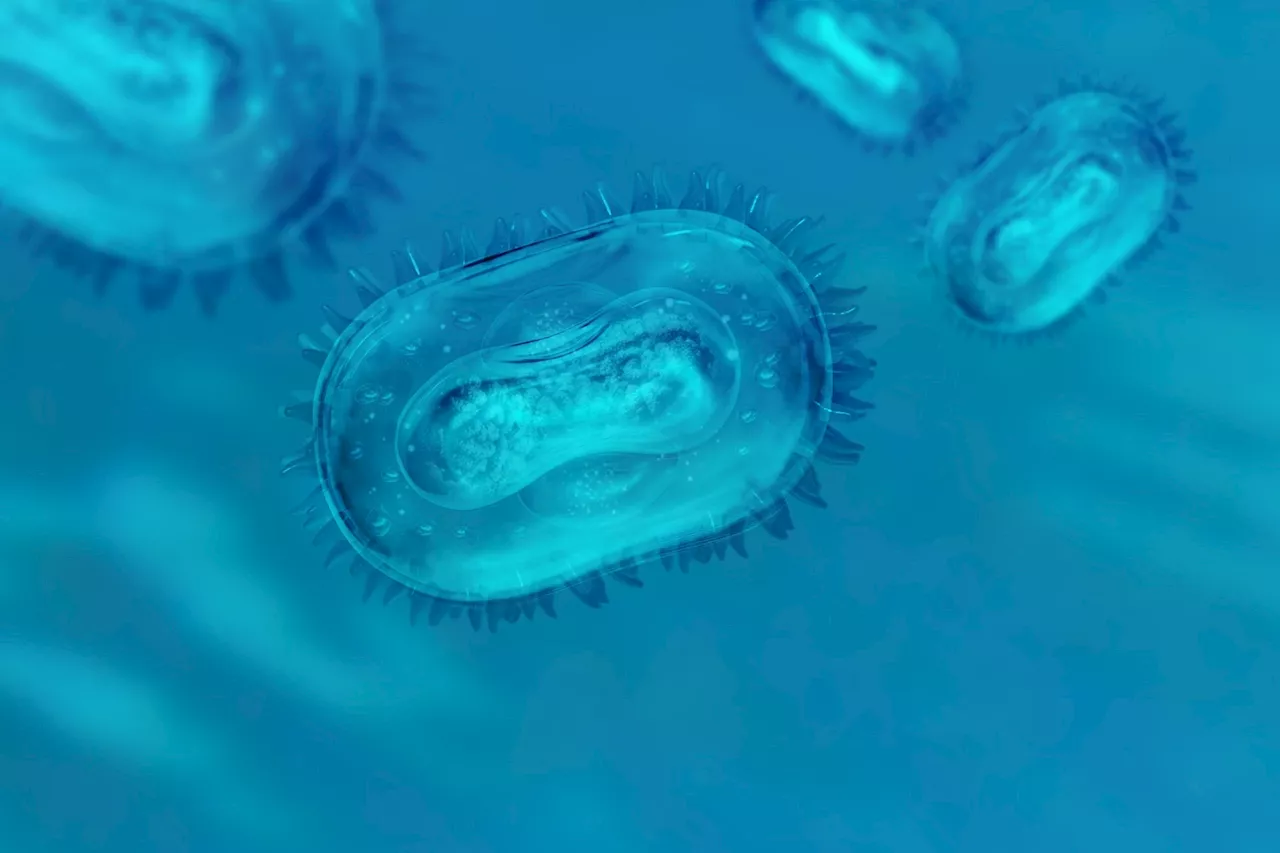 Researchers find no evidence of monkeypox infection in pets, despite presence of viral DNAStudy found that MPXV DNA on pets in mpox-affected households was likely due to human contamination, not true infection, as no live virus or antibodies were detected.
Researchers find no evidence of monkeypox infection in pets, despite presence of viral DNAStudy found that MPXV DNA on pets in mpox-affected households was likely due to human contamination, not true infection, as no live virus or antibodies were detected.
Read more »
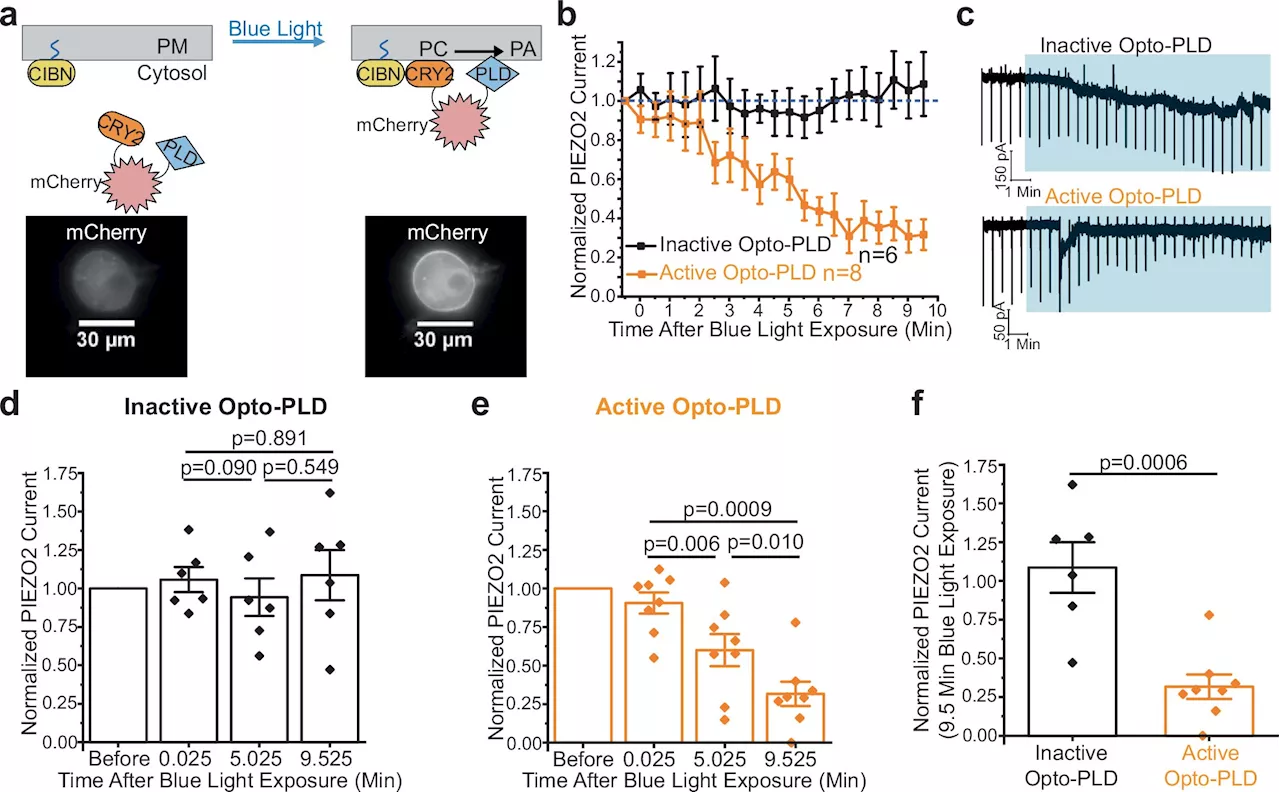 Researchers discover new way to control the sense of touchRutgers researchers have found a new way to manage the receptors that control the sense of touch, which could lead to treating chronic pain more effectively.
Researchers discover new way to control the sense of touchRutgers researchers have found a new way to manage the receptors that control the sense of touch, which could lead to treating chronic pain more effectively.
Read more »
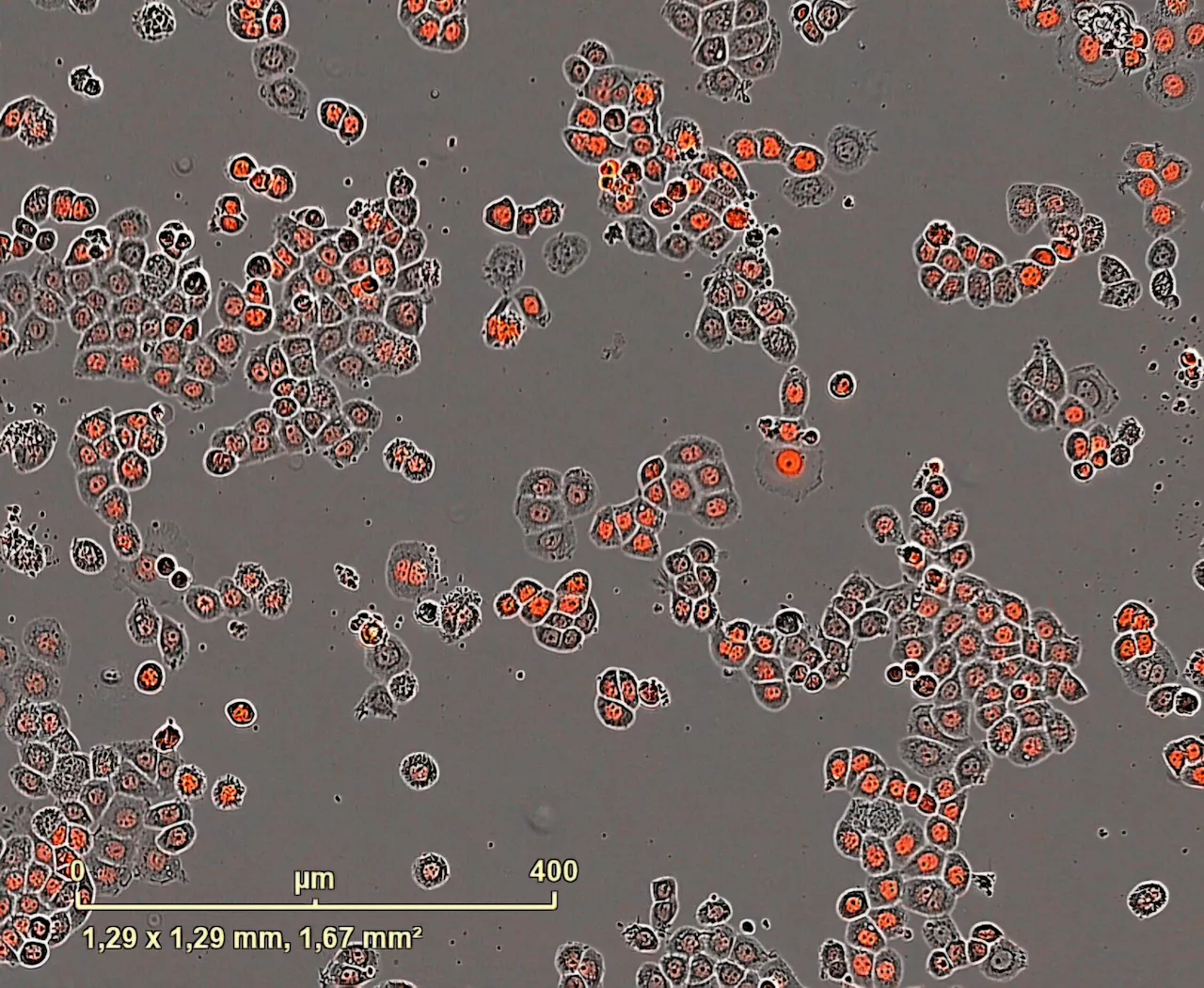 Cancer researchers develop new method that uses internal clock inside tumor cells to optimize therapiesHow effective medications are depends on various factors, including the time of day when they are administered. Why? Because our bodies don't always function exactly the same. Instead, they follow the cycle set by their internal clock, otherwise known as circadian rhythm.
Cancer researchers develop new method that uses internal clock inside tumor cells to optimize therapiesHow effective medications are depends on various factors, including the time of day when they are administered. Why? Because our bodies don't always function exactly the same. Instead, they follow the cycle set by their internal clock, otherwise known as circadian rhythm.
Read more »
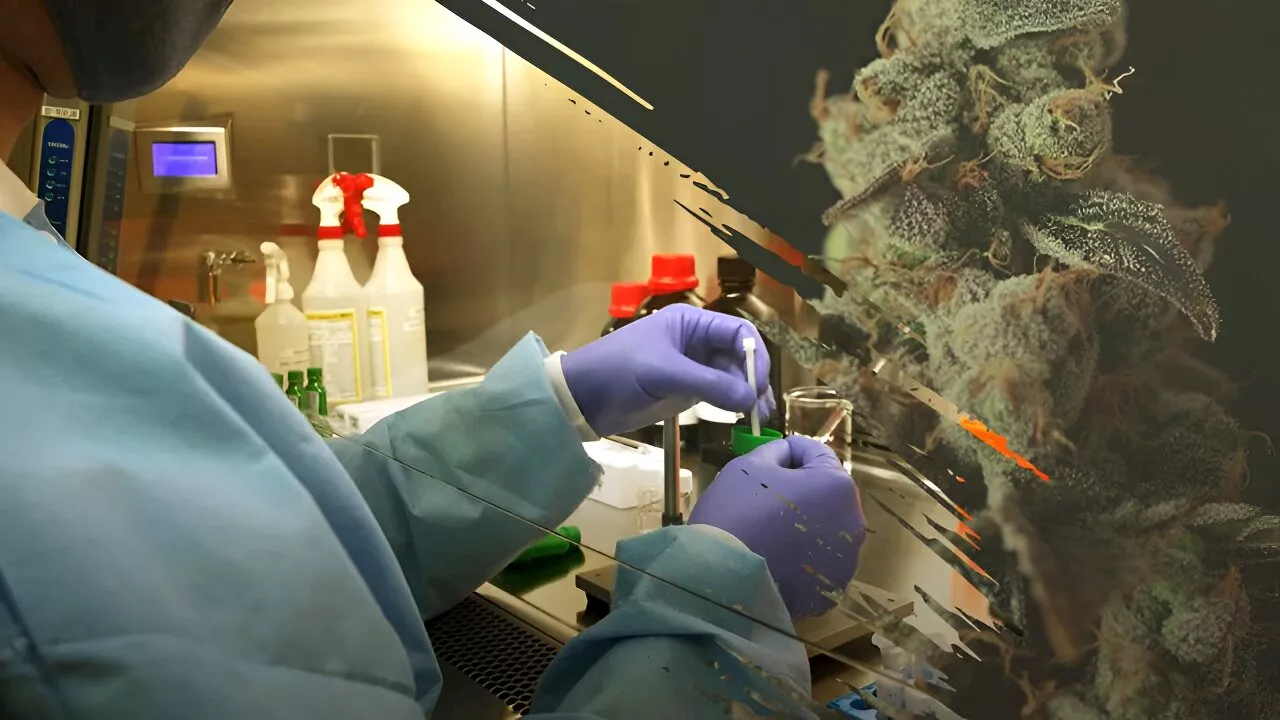 Researchers to test new approach for detecting cannabis in breathWith cannabis now outpacing alcohol as Americans' daily drug of choice, there is a critical need for a scientifically validated breath test to detect the recent use of the substance in drivers.
Researchers to test new approach for detecting cannabis in breathWith cannabis now outpacing alcohol as Americans' daily drug of choice, there is a critical need for a scientifically validated breath test to detect the recent use of the substance in drivers.
Read more »
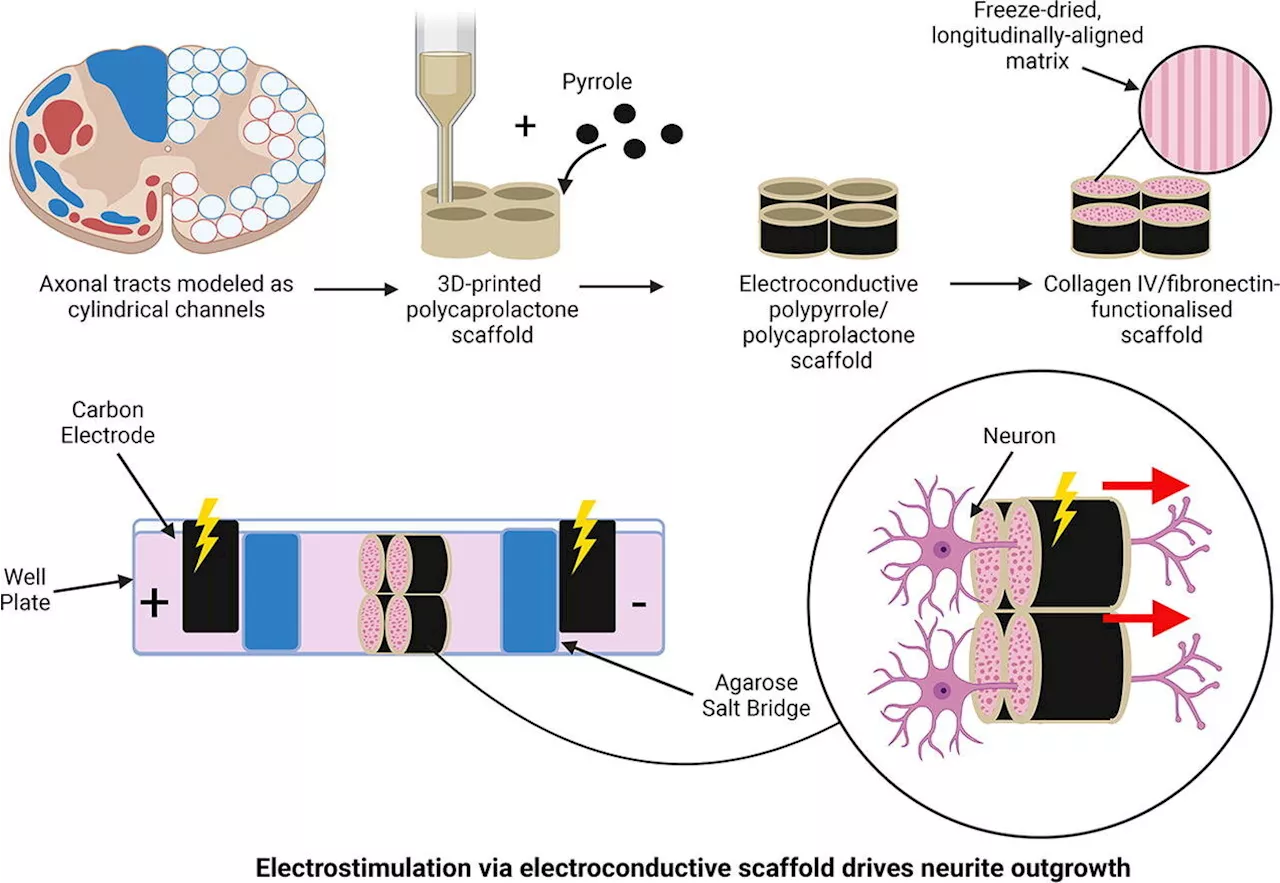 Researchers develop new implant to power healing after spinal cord injuryA research team at RCSI University of Medicine and Health Sciences has developed a new implant that conveys electrical signals and may have the potential to encourage nerve cell (neuron) repair after spinal cord injury.
Researchers develop new implant to power healing after spinal cord injuryA research team at RCSI University of Medicine and Health Sciences has developed a new implant that conveys electrical signals and may have the potential to encourage nerve cell (neuron) repair after spinal cord injury.
Read more »
